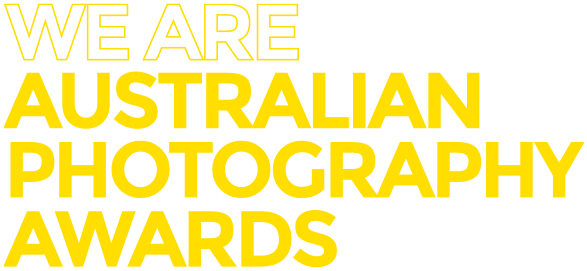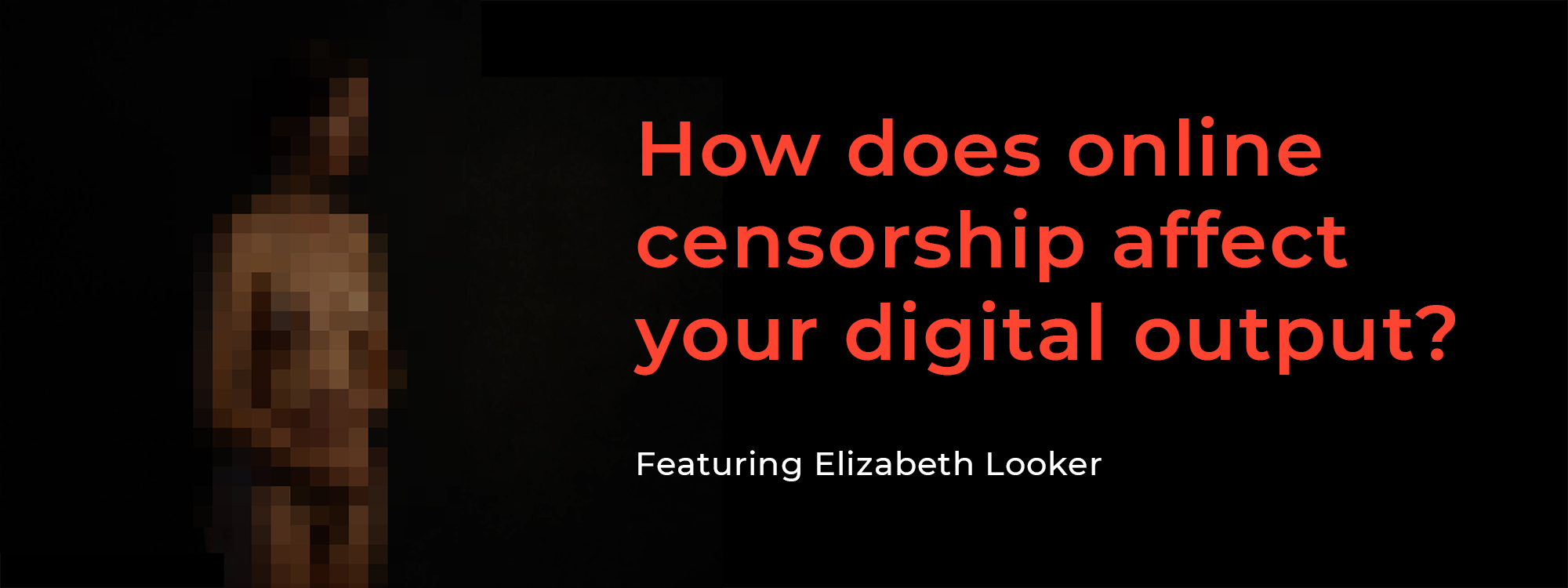
As we move forward into the 21st Century, platforms for expressing your photography are about as varied as photography itself. If you are looking to express or digest photography in 2020, there are hundreds of interactive spaces ranging from galleries and artist talks to niche digital groups embedded within websites like Reddit and Flickr. Among all these options, two platforms stand out as the current oligarchy of image consumption and promotion. We are, of course, talking about Instagram and Facebook.
Conveniently (or inconveniently depending on your perspective), both Instagram and Facebook are owned and regulated by the same company. This means that the User Agreement and level of censorship are mostly the same across both platforms. So what effect does this have on how we make and consume work?
Some of the best photographs evoke a sense of intimacy. Whilst intimacy means different things for different people, it can be derived from a landscape photograph which makes the viewer feel placed within that space and time or a documentary image which blurs the otherwise hard lines between viewer, photographer and subject. Intimacy in photography as it relates to people isn’t always clothed. It can’t and won’t toe the line of conservatism. This is where art and modern digital platforms can run into each other head-on. This is where we, as a culture of artists, can begin to be manipulated by the ethics of a company. It is a contemporary phenomenon where it is not a state or government power that is controlling output by law, rather a corporation with vested interests and profit margins. This can amount to a reality where what is good for shareholders, can be limiting for artists.
The inspiration for this post comes from our own personal experience with censorship during last years Australian Photography Awards (APA). Elizabeth Looker won third place in our 2019 Portrait category with this beautiful and intimate portrait ’16 Weeks’.
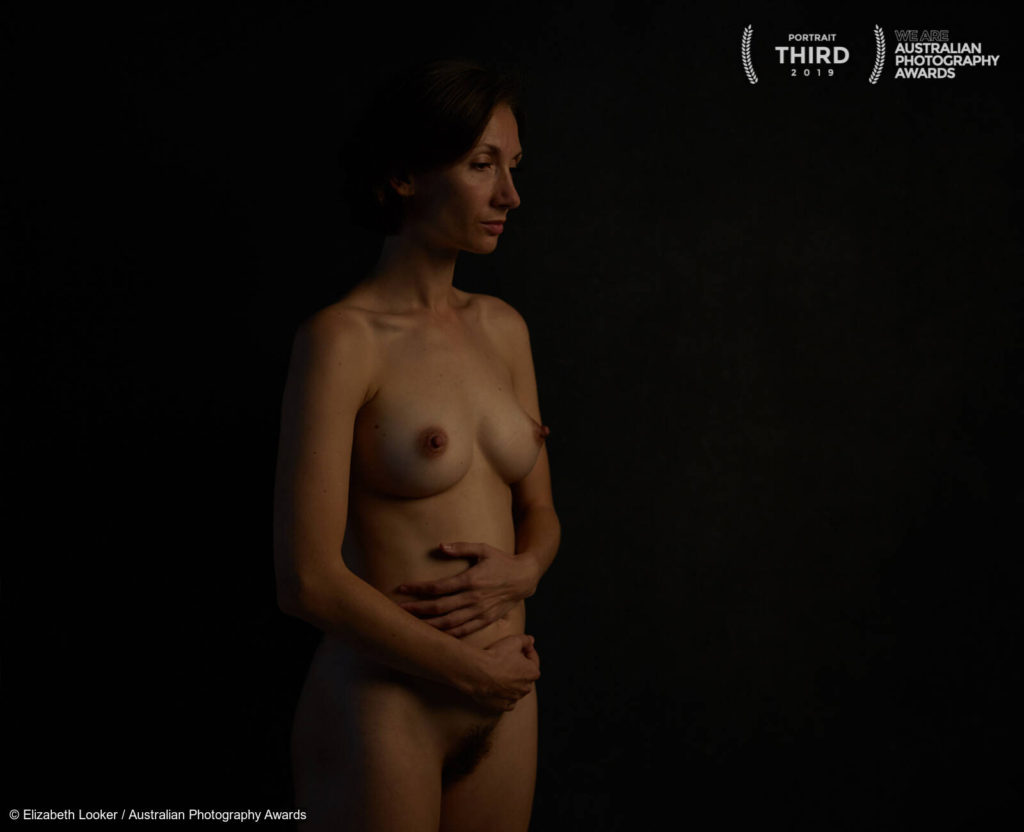 This image evoked a lot of responses from our judges. The image quietly expresses the aforementioned sense of intimacy – the vulnerable pose of the subject along with the contemplative hand placements gently leading the viewer to the conclusion that this is a portrait not just of pregnancy, but of the fragility of change. The lighting is soft and considered and the composition engaging. I would go as far as to say that this portrait is an important contemplation on a state and time that is both so historical and so relevant to our contemporary social climate. Needless to say, we believe this is an image worth sharing.
This image evoked a lot of responses from our judges. The image quietly expresses the aforementioned sense of intimacy – the vulnerable pose of the subject along with the contemplative hand placements gently leading the viewer to the conclusion that this is a portrait not just of pregnancy, but of the fragility of change. The lighting is soft and considered and the composition engaging. I would go as far as to say that this portrait is an important contemplation on a state and time that is both so historical and so relevant to our contemporary social climate. Needless to say, we believe this is an image worth sharing.
Despite all of the above, sharing this image has been quite difficult. We have a very important rule at APA that we will never modify an entrants image in any way other than badging it with the photographers credit, rights information and award. This means that any image containing nudity, regardless of the purpose or intent, presents a challenge for our team when trying to share this image with our audience and the world.
When speaking to Looker about this image and censorship as a whole, she had this to say;
“I woke this morning to two rejected Instagram promotions and two strongly worded warnings.
These were photographs of young mothers holding their small children. I earn a living taking natural, candid photographs of families and not only am I proud of the work I do, I constantly receive letters from subjects telling me they felt empowered, in-their-skin, earnest, honest and seen.
There is a beautiful exchange that happens when I am met with such openness and vulnerability and in return I can provide an artistic documentation of a moment in time.
This morning, again, I had to read judgemental words in generic messages; ‘provocative, excessive skin, sexual acts’ in relation to this work.
I find it deeply concerning that we are seeing intimacy as offensive and that corporations are insidiously and dangerously dictating and determining a value system for future generations. One that certainly doesn’t include being allowed to be comfortable in our own skin or to decide with our own integrity, our opinion on the material we or our children are exposed to.
I do realise it is the right of these platforms to create their own rules and our decision as to whether or not we use them, but there does seem a gigantic responsibility considering their subscription size and reach to navigate this with intelligence (and consistency).
I think we need to educate ourselves as parents, as a society, to be discerning and certainly to be more comfortable with our own humanity. We all need to start more conversations about Nudity, about Intimacy, about Censorship. Thank you APA for doing just that.”
So where can we go from here? Outside of making art from the censorship itself (as Arvida Byström, Molly Soda and Chris Kraus have with their book “Pics Or It Didn’t Happen”) or censoring your own work using masks or areas of pixilation across the areas deemed ‘problematic’, at the moment there doesn’t seem to be much of a solution. You can always choose not to engage with these platforms but it is evident by now that these behemoths of the online world can be integral to communicating with a larger audience. To not be a part of the conversation on these platforms could negatively impact your business or art practice.
What will happen if we all decide to submit to an external code of ethics? To only present imagery which falls in line with these ethics can potentially limit an artist’s confidence in creating boundary pushing work. At worst it could culturally coerce the art making practices of an entire generation into the confines of a company policy. Could we be moving towards a digital dark age where art is confined by the most conservative common denominator in order to be publicly digestible on a mass scale?
Probably not, but it’s worth thinking about.
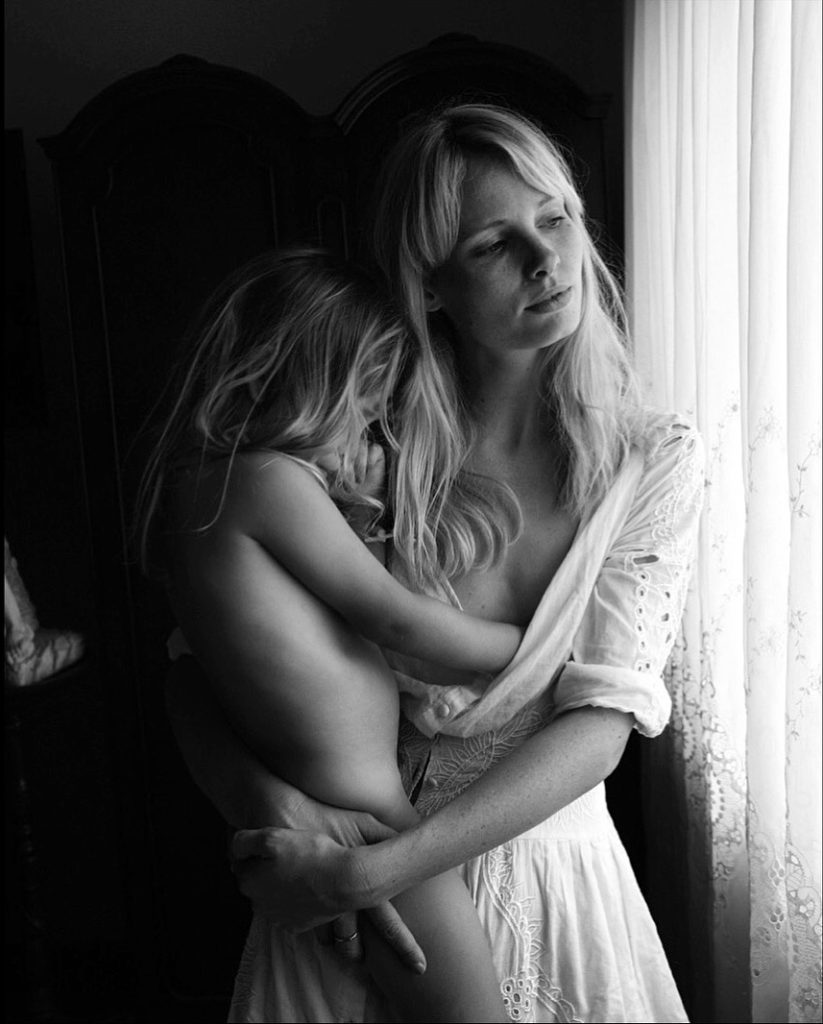 © Elizabeth Looker
© Elizabeth Looker
Perhaps the solution is not allowing Instagram, Facebook and other giant social media platforms to dictate our worthiness as artists and the scope of our audience. There are so many places where we can find an audience for our photography. While they may not all be inhabited by millions of potential viewers, the advice to build a dedicated audience rather than a large one still holds weight. You could visit a gallery, attend an artist talk or interact with one of the hundreds of blogs / websites / awards that are built to celebrate photography for example. If you can’t find the platform that you are looking for you could even try to build it.
Instagram, Facebook and the like are not going away any time soon. We are also not advocating a move away from this style of social media.
The truth is that everything mentioned in this article has a place within your workflow of outputting and consuming photography – and with the right balance you can make them all work for you as many parts of a whole. If nothing else, please don’t shy away from intimacy in photography. It can make the difference between a fleeting image or an iconic photograph.
Here at APA, we look forward to continuing to share imagery with you that goes beyond the scope of an algorithm or company policy. Be sure to check our website regularly to see what you may be missing. Let us know where your community is. We’re looking forward to seeing all of you express intimacy in your photography 2020, in whatever visual form that may take.
